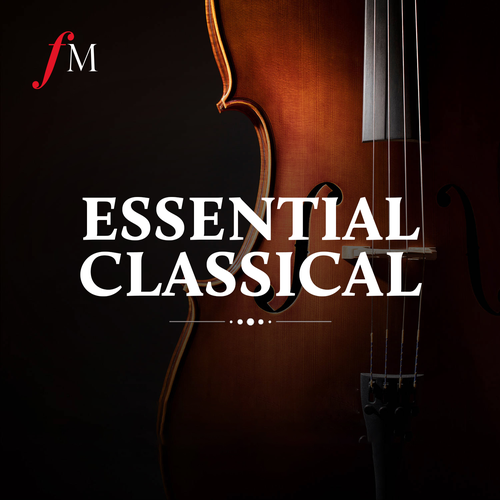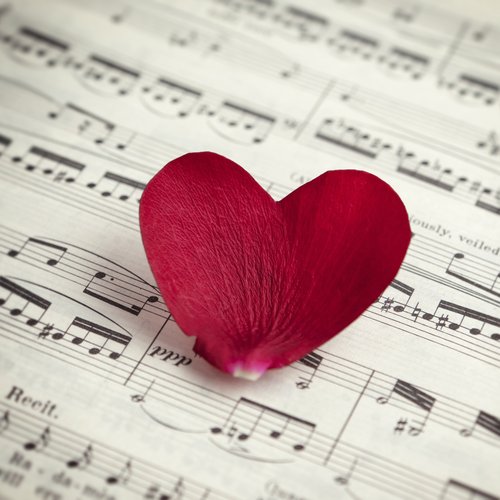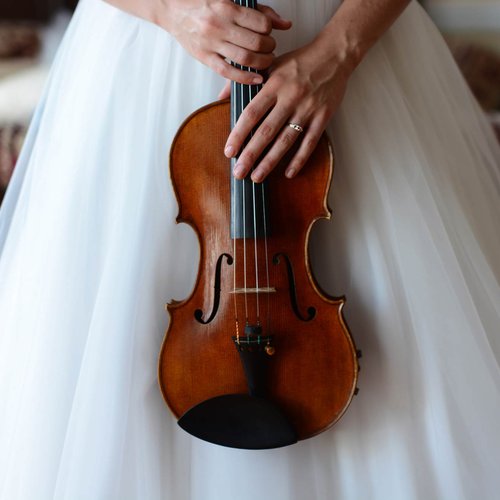10 of the greatest 'wow' moments in classical music
14 September 2024, 19:53 | Updated: 14 September 2024, 19:56

The highest notes, most colossal chords and epic entries that will always send a shiver down your spine. These are the moments classical music does it best...
Listen to this article
Stand by for the unforgettable moments in opera, symphonies and ballets which will always fill a listener with emotion and wonder. Here are 10 times classical music will simply make you exclaim ‘wow’.
Read more: Five years ago, a young boy blurted out ‘Wow!’ after a concert and captured the world’s hearts
-
The top C in Allegri's ‘Miserere’
There you are, just chilling out with a bit of 17th century choral music in the Sistine Chapel and then BAM! High C from the trebles and with it emotional overload.
The work itself is a sublime nine-voice setting of Psalm 51: Miserere mei, Deus, (‘Have mercy upon me, O God’). The contemplative piece is an exchange between two choris, with the quartet featuring a famous high note.
Legend has it that the original manuscript was guarded closely by the Sistine Chapel authorities so the heavenly music would not be heard outside that most scared of spaces. That is until Mozart turned up to a performance, and wrote it down afterwards note for note from memory. That story itself is worthy of a ‘wow’.
Read more: What are the lyrics and origins of Allegri’s ‘Miserere’?

Miserere mei, Deus - Allegri - Tenebrae conducted by Nigel Short
-
The climax of Beethoven's 9th Symphony
Ludwig van Beethoven’s final symphony is an end-to-end epic, with many moments to get the pulse racing. However, it’s in the final movement when things really get going.
In the finale, choir and soloists join the orchestra for the first time in the history of the symphony and bellow out one of the composer’s favourite poems. ‘Ode to Joy’ by German poet Friedrich Schiller. The words talk of a brotherhood of man, and heaven on earth – and the moment when all assembled bellow out the joyous hymn is one of the most wow-inducing moments in all music.

Beethoven Symphony No. 9 — Ode to Joy (Excerpt)
-
The opening chords of Elgar's Cello Concerto
Few openings tug at the heart as quickly as this one. The tortured chords of the solo cello cry out before the orchestra sounds out the Elgar’s plaintive melody.
At the time of its composition in 1918, the composer was aged sixty-one, and feeling his best years may have been behind him. The world has also been ravaged by war. A autumnal, reflective mood runs through a piece that dispenses of the stiff upper lip and explores pure emotion. You can feel it from bar one.

Jacqueline du Pre & Daniel Barenboim - Elgar Cello Concerto
-
The Tristan Chord
Can just one chord alter the course of music history? Richard Wagner never shyed away from world-changing things and this this gorgeous little progression at the very opening of his opera Tristan und Isolde caused a sensation. In fact, you basically have to sit through four hours of opera to hear it be resolved, right at the end
Technically, it’s an augmented fourth, an augmented sixth and an augmented ninth above the root, but the idea of epic story-telling through dissonant, unresolved harmony made it revolutionary, and gives it its wow-factor even today.

Antonio Pappano discusses Wagner's 'Tristan' chord (The Royal Opera)
-
Don Giovanni is dragged to hell
Much of Mozart's Don Giovanni is actually quite humorous, with amorous japes and farce aplenty, but things take an incredibly sinister turn right at the end when the Don himself is finally confronted and forced to atone for his sins.
There's a slow knock at the door, Giovanni opens it and is confronted with a stone statue of the Commendatore, who drags the screaming rake into the fiery netherworld. Mozart’s setting of the music is worthy of the big screen and the entire scene will have you open-jawed, terrified and determined not to sin like poor Don.
Read more: The 15 greatest pieces of classical music by Mozart

Don Giovanni: “Don Giovanni, a cenar teco”
-
When all 40 voices come together in Spem in alium
Spem In Alium was composed in 1570 by one of the greatest composers Renaissance Engalnd, Thomas Tallis. Consider the common configration for choral music at that time of 4 voices of soprano, alto, tenor and bass – an then imagine what Tallis did in multiplying that by 10.
One piece of music and 40 independent voices, in the most splendid and awe-inspiring polyphony imaginable. The moment when all 40 voices enter in at once is a breathtaking ‘wow’ for the ages.
Read more: 15 of the greatest classical choral works ever written

Tallis - Spem in alium (a 40) - Harry Christophers - Live Concert - HD
-
"Zaaadoook The Prieeest!"
Handel knew how to set a scene, build it, and then give a flash of joy. Slow, pulsating strings start this anthem and lead us to a mighty choral outburs.
Scored for choir and full Baroque orchestra, the anthem was written as part of a series of works for the Coronation of George II in 1727 and has been sung at every coronation since. It was also the first piece of music we ever played on Classic FM when it launched in September 1992. Because we wanted to start with a ‘wow’.

Handel's Zadok the Priest - The Royal Scottish National Orchestra | Classic FM
-
Roit-inducing Rite
Imagine being so maddened and confused by a piece of music that you start a riot. Igor Stravinsky’s Rite Of Spring was the original authority-botherer, with a premiere that is a piece of classical music legend.
When first performed at the Théâtre des Champs-Élysées in Paris on 29 May 1913, the avant-garde nature of the music and choreography caused a riot amount those in attendance. Stravinsky’s music is full of stacked polyrhythms that feel modern to this day. Just listen to Augurs of Spring below.

Stravinsky The Rite of Spring // London Symphony Orchestra/Sir Simon Rattle
-
The incredible vocal music of Hildegard von Bingen
12th-century theologian, mystic, scientist and composer, Hildegard von Bingen was one of the greatest geniuses the world has ever known.
Her music was deeply spiritual and ethereal, but also musically inventive and has fascinated scholars and listeners ever since. Just listen to the striking lines of her 'Nunc gaudeant' below.

'Nunc gaudeant' by Hildegard of Bingen, sung by Voice
-
Stratospheric Queen of the Night
This tour-de-force aria comes from Mozart’s fantasy-filled 1791 opera The Magic Flute. The vocal fireworks take place when the Queen of the Night gives a knife to her daughter Pamina, demanding she assassinate her nemesis, the sorcerer Sarastro.
This style of singing is called coloratura. It is defined by virtuosity, long runs, high notes and a mood of extreme drama. As the Queen of the Night rages, Mozart takes her voice to stratospheric levels, singing staccato notes that rise up to the F above a top C – some the highest notes ever written for a singer. Wow.
Read more: Singer casually gives astonishing karaoke performance of Mozart’s fiendish ‘Queen of the Night’ aria

Mozart ‘Queen of the Night’ aria - soprano Rachel Duckett | Classic FM









































